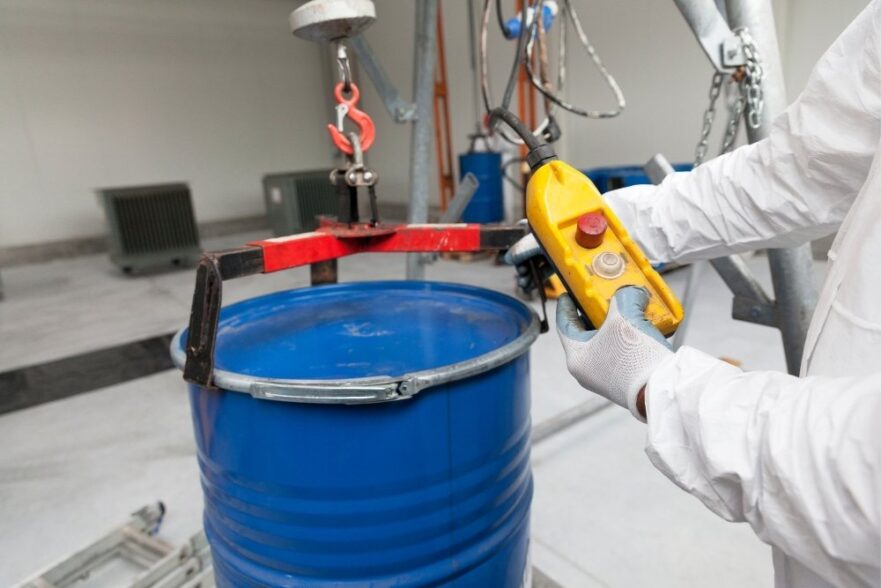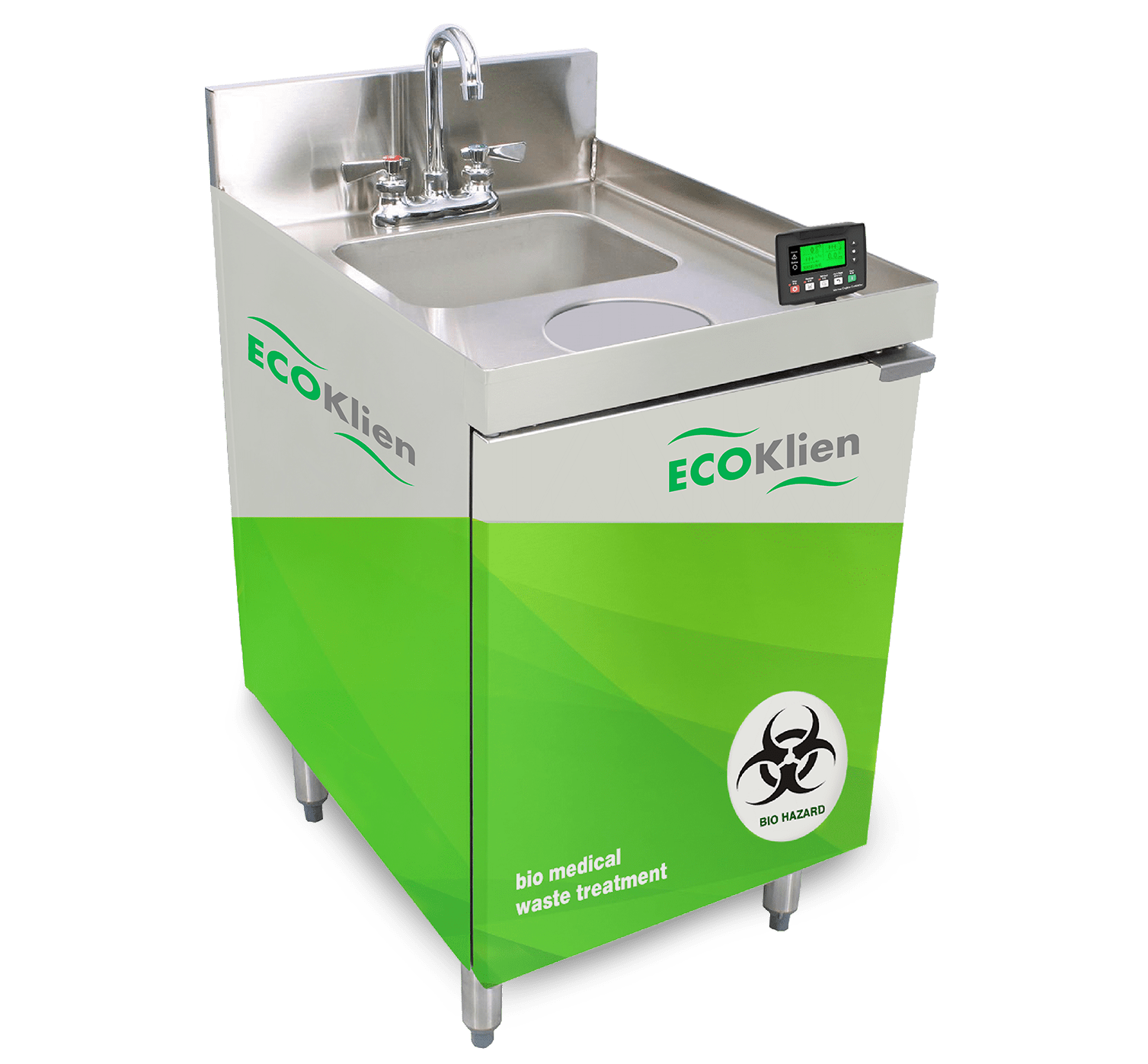Industrial Wastewater Treatment: Advanced Methods for Effective Administration
Industrial Wastewater Treatment: Advanced Methods for Effective Administration
Blog Article
Just How Liquid Garbage Disposal Functions: An In-depth Introduction of Methods and Technologies Utilized

Summary of Liquid Waste Types
The complexity of fluid waste types requires a comprehensive understanding of their characteristics and implications for disposal. Liquid waste can generally be classified into a number of kinds, consisting of commercial, metropolitan, farming, and unsafe waste. Each category shows distinct residential properties, needing details monitoring techniques to reduce environmental and health risks.
Industrial liquid waste stems from manufacturing procedures and often consists of a variety of impurities, such as hefty steels, solvents, and organic compounds. Local liquid waste, largely making up wastewater from households and business establishments, consists of natural issue, nutrients, and virus (industrial wastewater treatment). Agricultural liquid waste, including runoff from farms, might consist of fertilizers, pesticides, and pet waste, posturing threats to water top quality and communities
Hazardous fluid waste is characterized by its toxicity, sensitivity, or possible to create injury. This group consists of substances like acids, bases, and particular chemicals that require rigorous handling and disposal procedures. Comprehending these diverse liquid waste types is essential for developing effective disposal techniques and guaranteeing compliance with environmental guidelines. Proper category and characterization are essential for applying appropriate therapy techniques and minimizing the adverse effect on public health and wellness and the setting.
Physical Treatment Methods

Screening is the preliminary step, where bigger particles and debris are gotten rid of from the fluid waste utilizing screens or grates. This process shields downstream equipment from damage and makes certain smoother procedure. Complying with screening, sedimentation utilizes gravitational force to separate solids from fluids. In sedimentation containers, larger bits work out at the bottom, forming a sludge layer, while the clarified liquid can be further treated.
Purification is one more necessary technique that entails passing the fluid through porous materials, such as sand or membranes, to record smaller sized particles. This step improves the quality of the liquid, making it ideal for succeeding treatment processes.

Chemical Treatment Methods
Chemical treatment techniques are necessary for successfully taking care of fluid waste, specifically in addressing liquified and colloidal pollutants that physical approaches might not properly get rid of. These methods make use of different chemical agents to neutralize, speed up, or transform unsafe compounds right into much less hazardous kinds.
One typical technique is coagulation and flocculation, where chemicals such as alum or ferric chloride are contributed to promote the gathering of put on hold bits. This process enhances sedimentation, permitting easier removal of the resulting sludge. In addition, oxidation processes, using agents like chlorine or ozone, are employed to break down complex organic substances and pathogens, making the waste safer for discharge or further therapy.
Neutralization is an additional essential method, which readjusts the pH of acidic or alkaline waste streams to neutral levels, preventing potential harm to downstream systems and the atmosphere. Furthermore, progressed oxidation procedures (AOPs) utilize mixes of oxidants and ultraviolet light to weaken consistent toxins, achieving a greater degree of treatment performance.
Biological Treatment Procedures
Biological therapy procedures play an essential role in the monitoring of liquid see it here waste by using microorganisms to break down raw material and lower pollutant levels. These processes can be extensively classified into anaerobic and aerobic treatments, each utilizing certain microbial neighborhoods to attain reliable waste degradation.
Cardio therapy involves using oxygen to help with the failure of organic products by microorganisms. This process is frequently implemented in triggered sludge systems, where oygenation tanks offer a conducive setting for microbial growth, resulting in the oxidation of organic toxins. The resultant biomass can be separated from dealt with effluent through sedimentation.
On the other hand, anaerobic therapy takes place in the lack of oxygen, counting on different germs to break down organic matter. This approach is especially useful for high-strength waste, as it produces biogas, a renewable power resource, while reducing sludge production. Technologies such as anaerobic digesters are regularly employed in industrial and community applications.
Both cardiovascular and anaerobic organic therapies not just reduce the ecological effect of liquid waste however additionally assist in resource recovery, making them important components of sustainable waste administration techniques. Their effectiveness, versatility, and efficiency support their extensive implementation throughout numerous sectors.
Arising Technologies in Disposal
Innovative methods to fluid garbage disposal are rapidly progressing, driven by developments in innovation and a boosting focus on sustainability. Amongst these arising technologies, membrane bioreactors (MBRs) have actually gained grip for their capability to incorporate organic treatment with membrane layer filtering, causing top quality effluent that can be reused in various applications. MBRs allow smaller impacts and more reliable procedures contrasted to conventional systems.
An additional promising development is using anaerobic food digestion combined with nutrient recovery modern technologies, which not only treats liquid waste but also produces biogas and recoups beneficial nutrients like nitrogen and phosphorus. This dual advantage enhances source efficiency and lowers ecological impact.
Additionally, progressed oxidation procedures browse around these guys (AOPs) are being taken on for the degradation of complicated organic pollutants. These approaches utilize effective oxidants and catalysts to damage down contaminants at the molecular level, supplying a highly effective option for tough waste streams.
Moreover, the integration of expert system and artificial intelligence in waste monitoring systems is enhancing operational effectiveness and predictive maintenance, leading to decreased costs and improved environmental conformity. These modern technologies reflect a significant shift towards more sustainable and effective liquid garbage disposal techniques.
Verdict
In conclusion, effective fluid waste disposal necessitates a comprehensive understanding of different techniques and technologies. By continuously progressing these methodologies, it ends up being possible to deal with the growing obstacles linked with liquid waste, inevitably adding to environmental protection and source healing.
Liquid waste disposal is an important element of environmental management, find more information requiring a comprehensive understanding of numerous methods and innovations customized to different waste types. Fluid waste can extensively be categorized into a number of kinds, including industrial, community, agricultural, and harmful waste. Agricultural liquid waste, consisting of overflow from ranches, might consist of plant foods, chemicals, and animal waste, positioning threats to water quality and communities.
Different physical therapy methods play a vital function in taking care of liquid waste efficiently - industrial wastewater treatment.In conclusion, efficient liquid waste disposal requires an extensive understanding of various techniques and innovations
Report this page